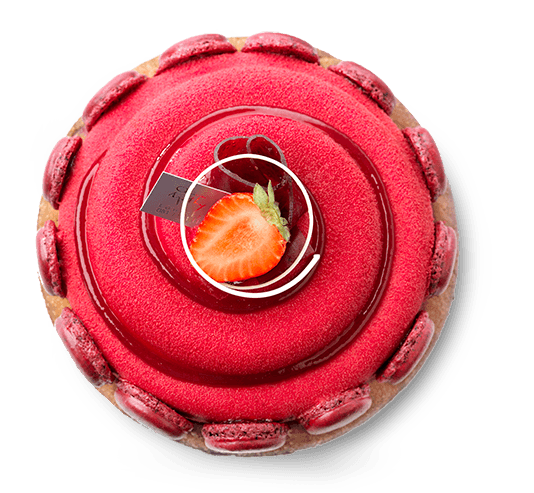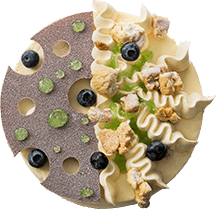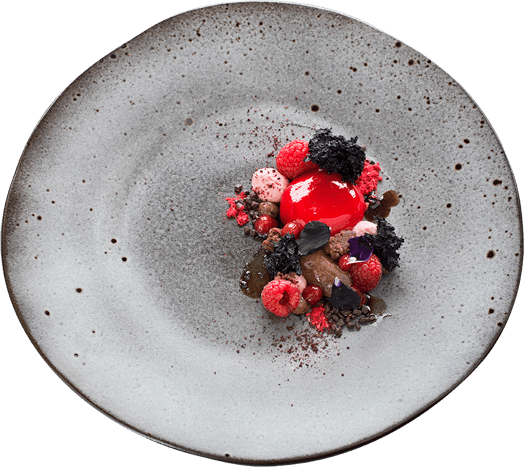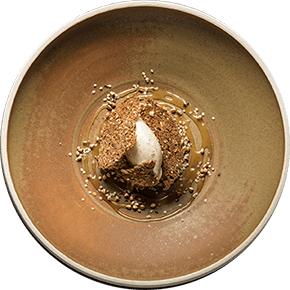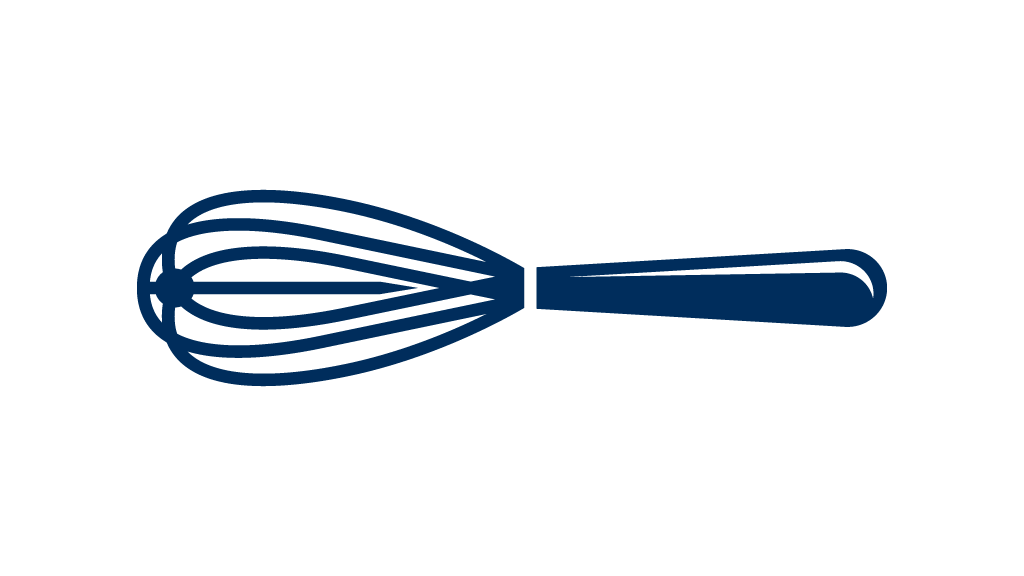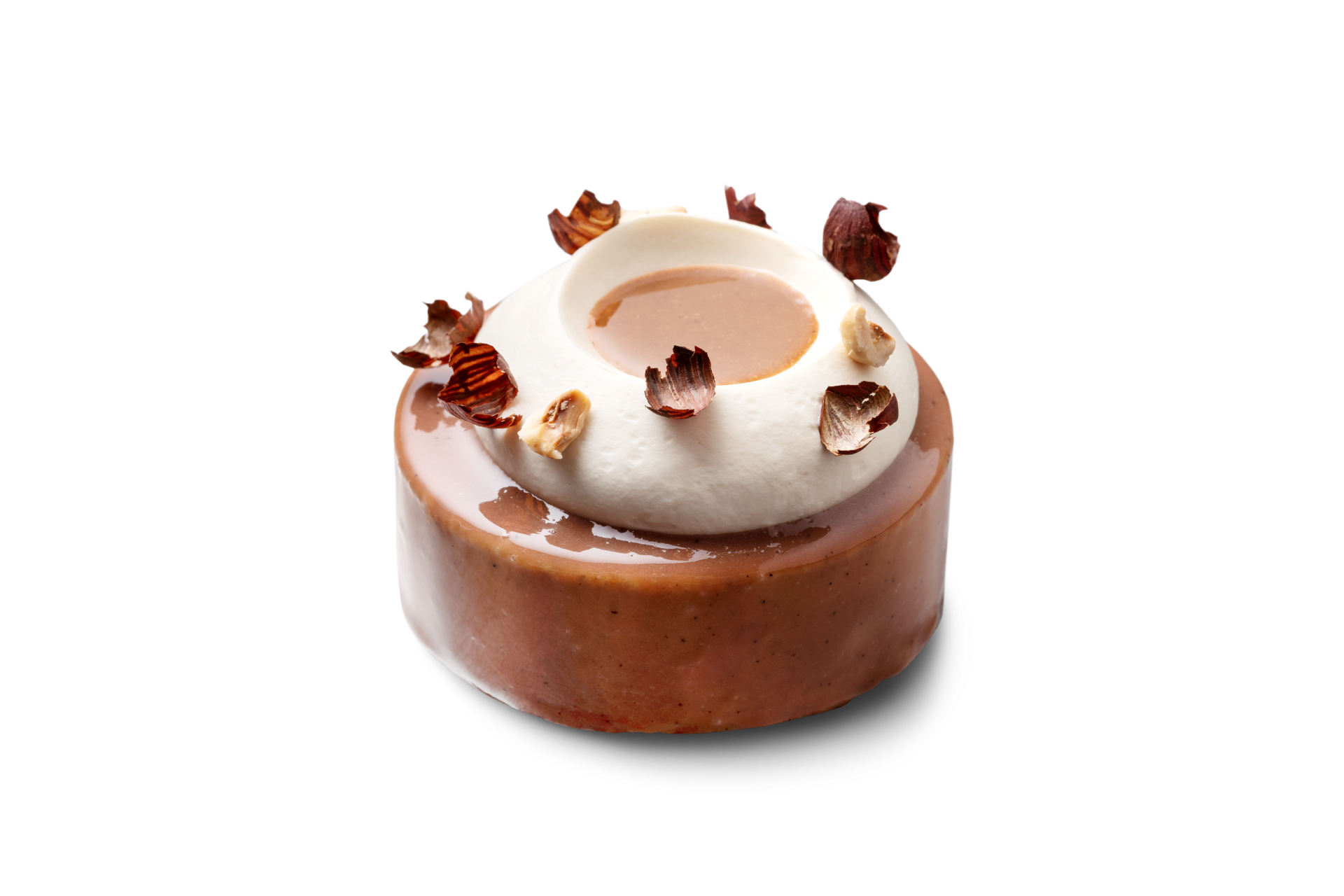Fusion and molecular cuisine: Trend, fad or culture?
Are you aware of your culinary history? Think about how Asian cuisine has influenced European cuisine, or even the other way around. Now, imagine the endless possibilities you have as chefs when technique and emotion are present in the equation. In this article, we take you on a journey through the globalization of kitchens. Are these merely a trend or fad, or a cultural symbol that will still lie ahead?
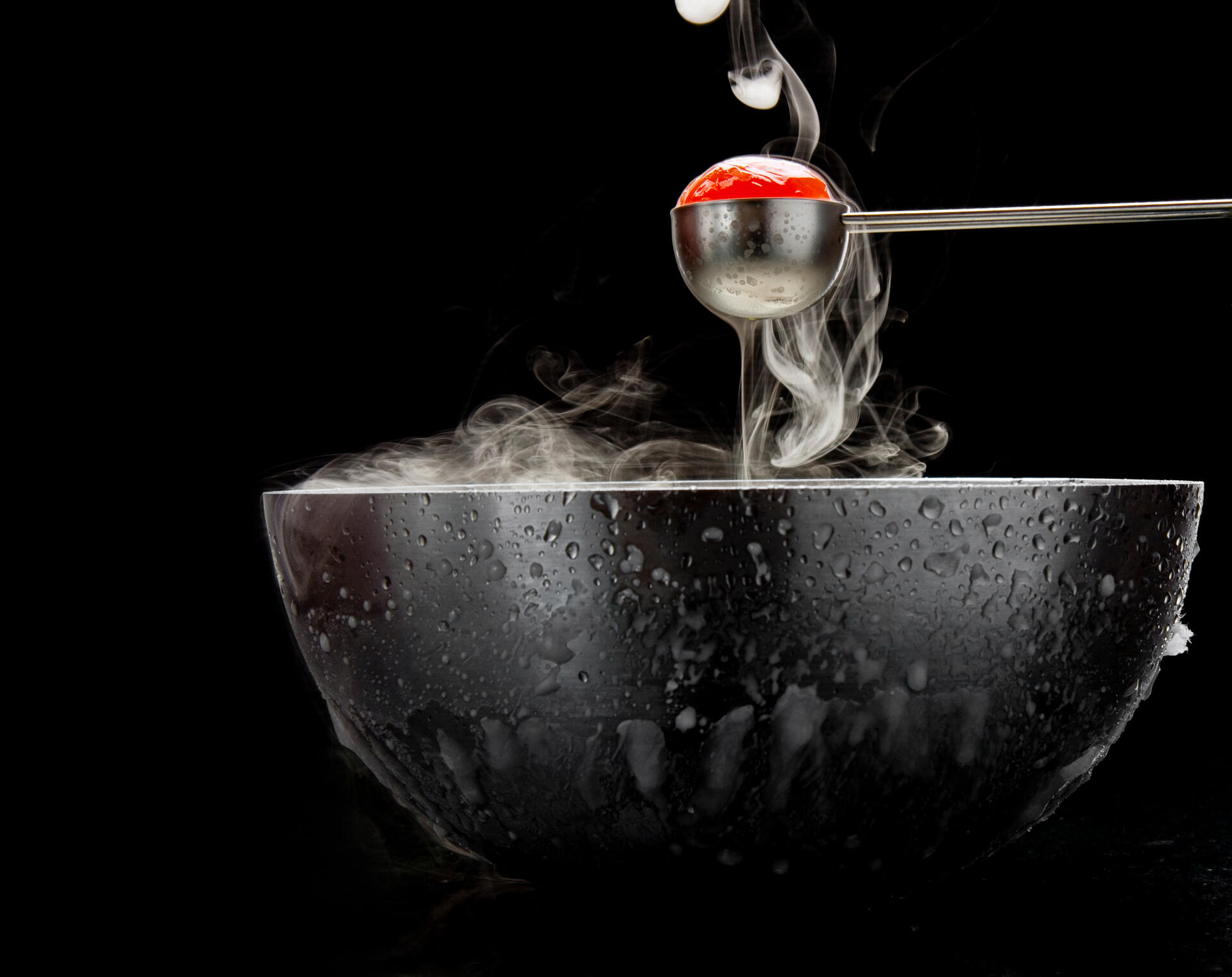
Globalisation of the kitchen
Eastern influences have been part of Western cuisine for centuries. In the mid-1990s, a new movement swept over from Australia and England. Or “Confusion”, as it was otherwise known. And that really says a lot about the often bizarre combinations that were cropping up. But the fusion movement undoubtedly brought with it a lot of positives. This movement championed the combination of Asian and European ingredients and techniques. That period saw the introduction of many techniques and ingredients that were not previously used in Western Europe.
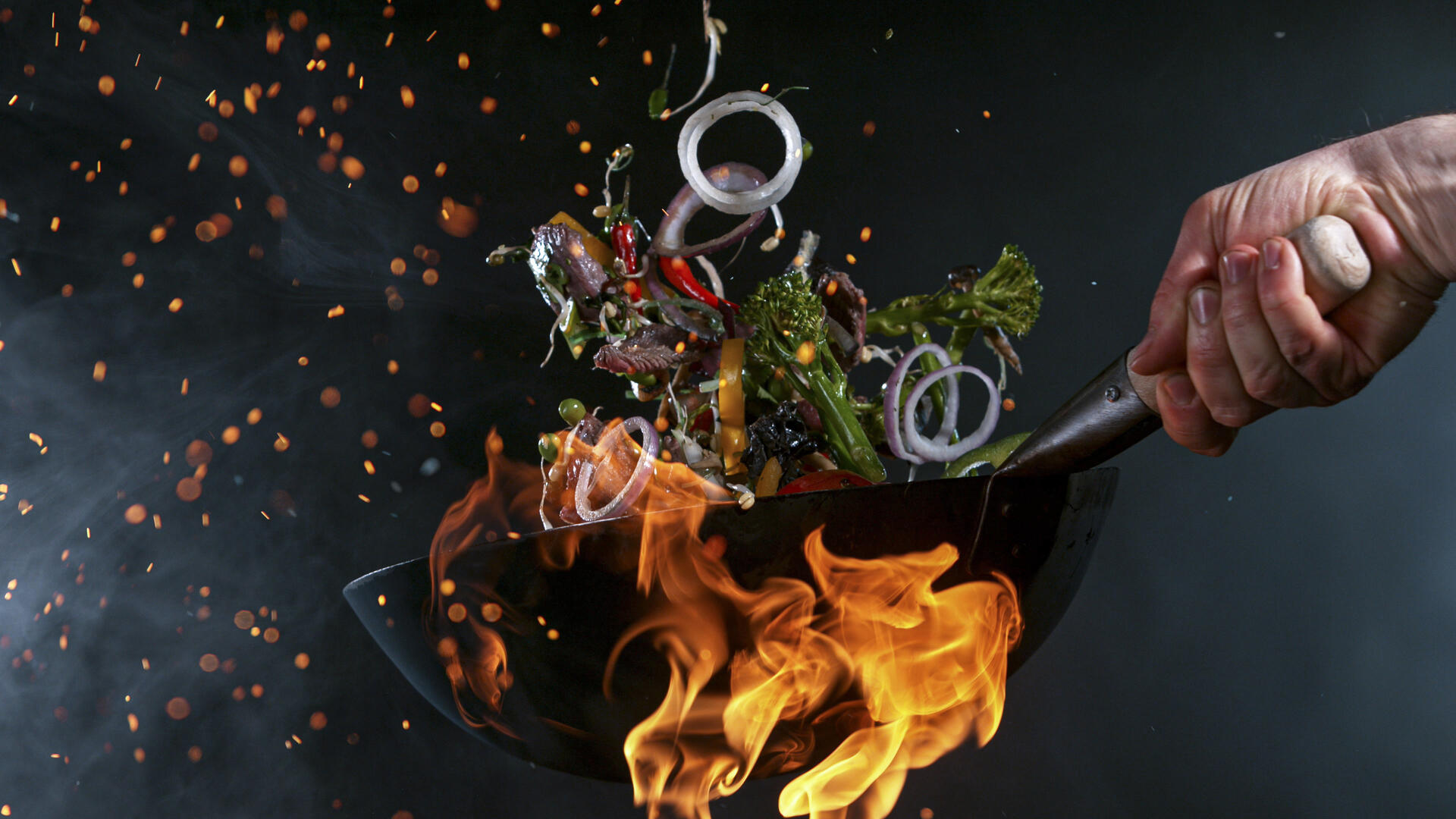
It’s been around for centuries. And what did we get out of it?
- Techniques such as stir-frying and rolling products in rice sheets.
- The use of soy sauce, oyster sauce, lime, red chili pepper and coriander, among other things.
- Combinations of sweet preparations with savoury herbs and spices, such as cloves, rosemary and red chili pepper.
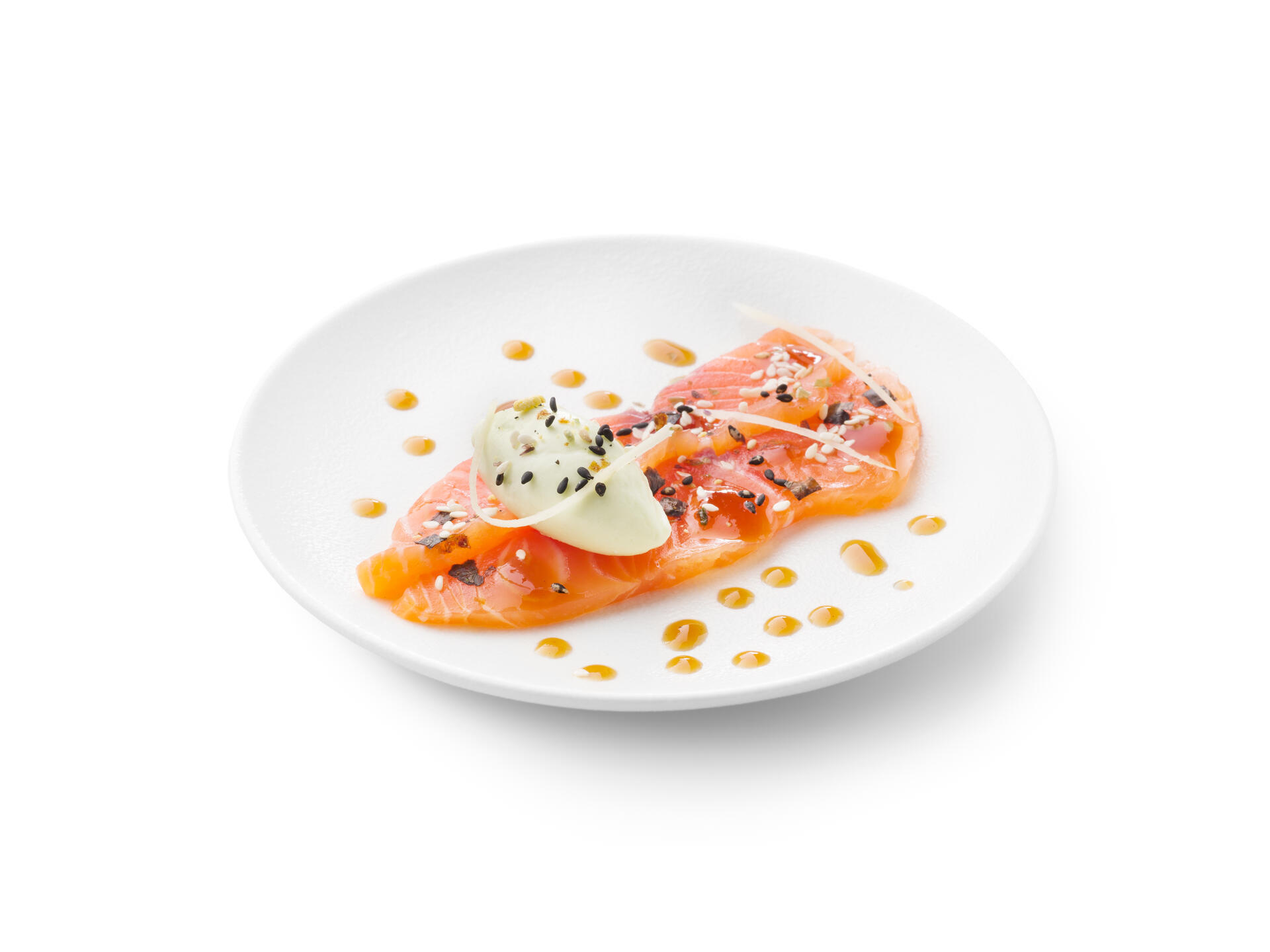
When technique meets emotion
Molecular cuisine is the biggest revolution to hit the world of gastronomy in the last 100 years. In just ten years, this movement has profoundly and irreversibly changed the way we look at cooking. After so many years of French dominance, this major transformation came from an unexpected corner. With a few chefs leading the way, the entire culinary world started experimenting en masse. Equipment previously unheard of in the kitchen were used, new techniques were developed and ingredients from industry were introduced to create exciting textures. The Spanish brothers Ferran and Albert Adrià, of the now closed restaurant El Bulli, are largely credited with the emergence of the molecular movement. However, they prefer to refer to their philosophy as “techno-emotional cuisine”, where technology and emotion come together to create a unique dining experience.
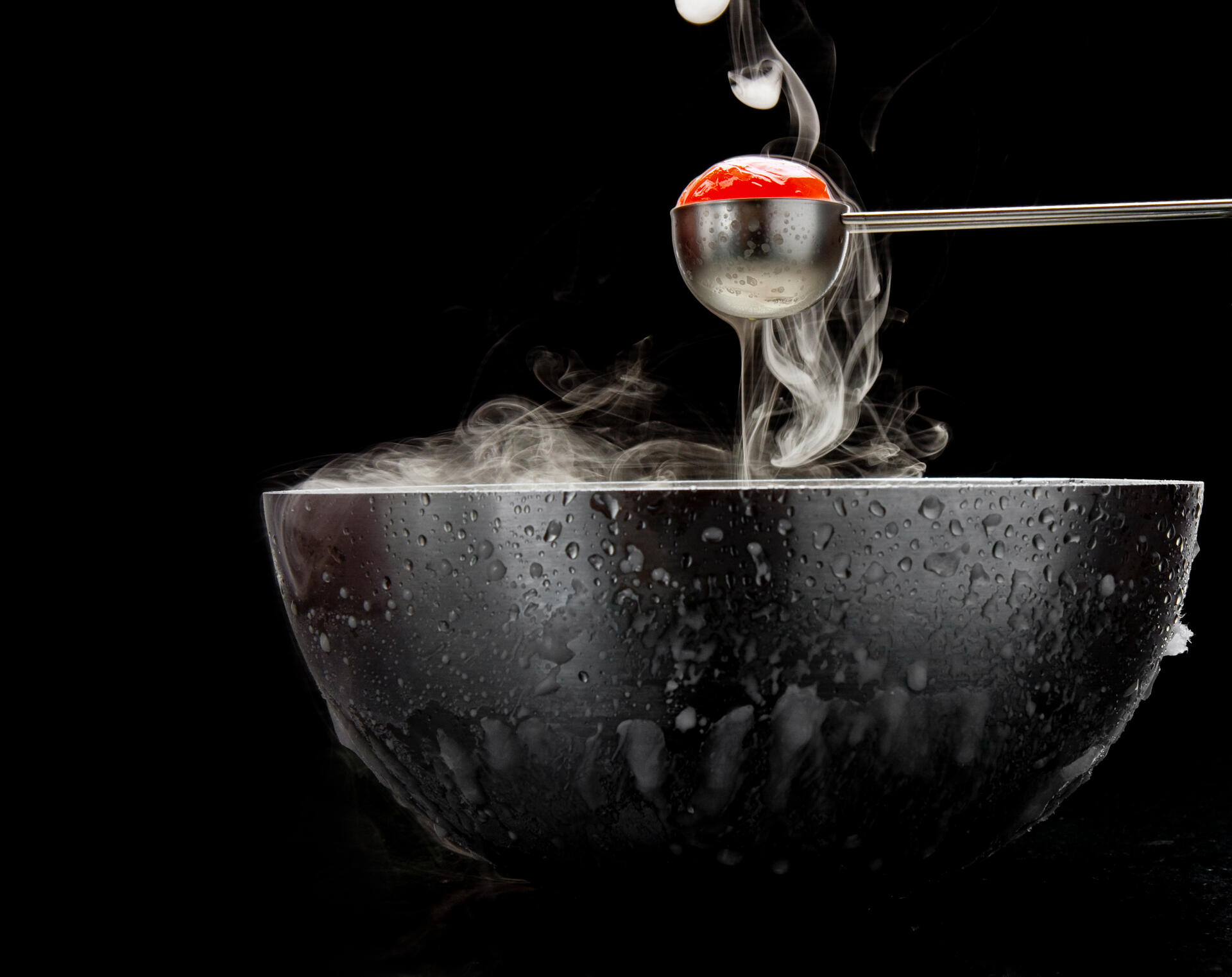
Ferran Adrià preferred to refer to his style of cooking as “technoemotional cuisine”. And what did we get out of it?
- A fresh take on everyday ingredients like beetroot and carrot.
- Espumas, or airy foams, using a siphon.
- Vacuum cooking.
- Sponge cakes.
- New types of jelly and other structures.
One of Albert Adrià’s inventions. The very first version was made with pistachio. Sponge cake is extremely airy because it is put under pressure in a siphon. The gas in the siphon is distributed through the batter by shaking the container vigorously. The batter is then piped into cups and baked in the microwave
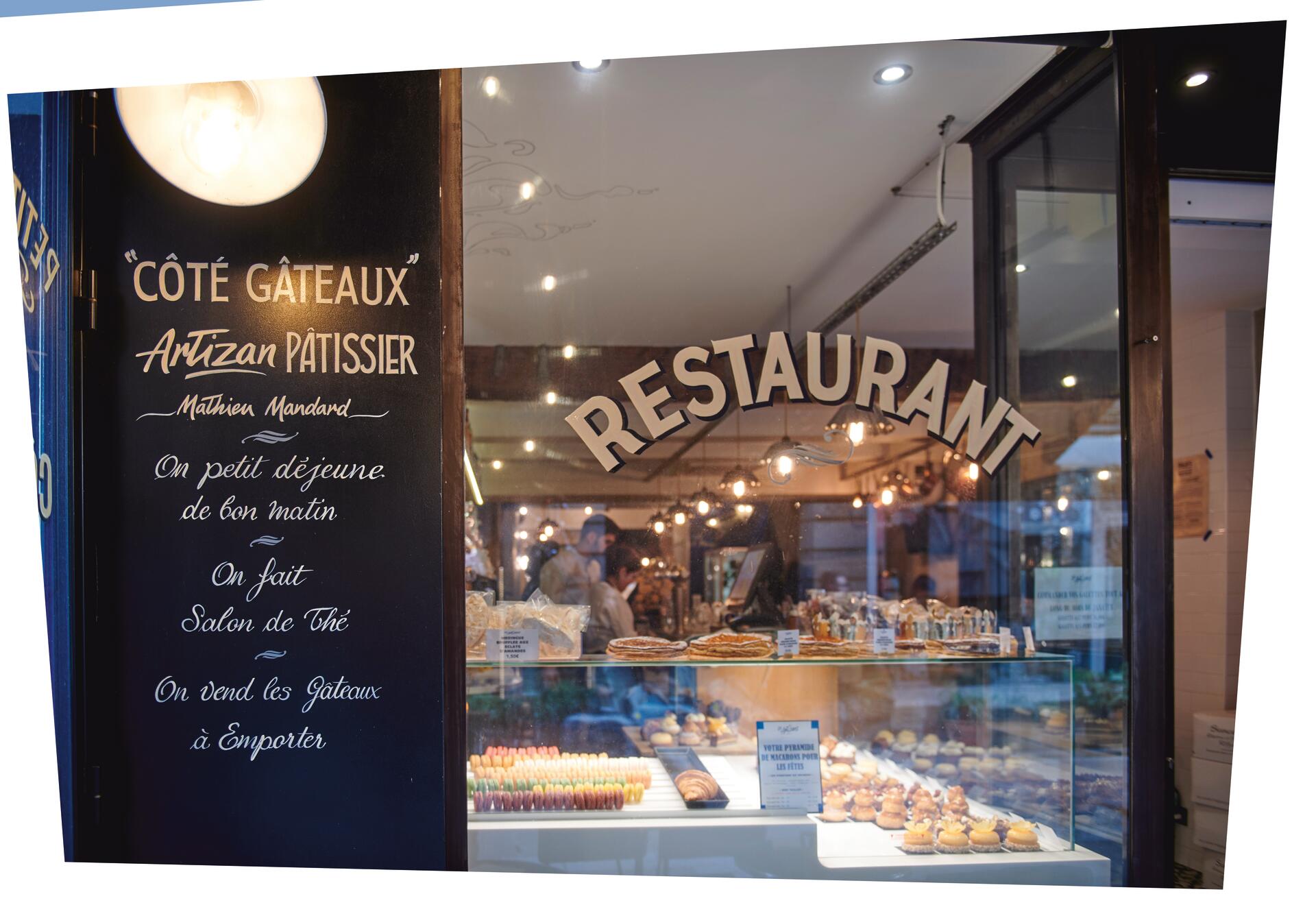
Check our article about Les Artizans in Paris, a restaurant that combines patisserie and gastronomy
Discover more